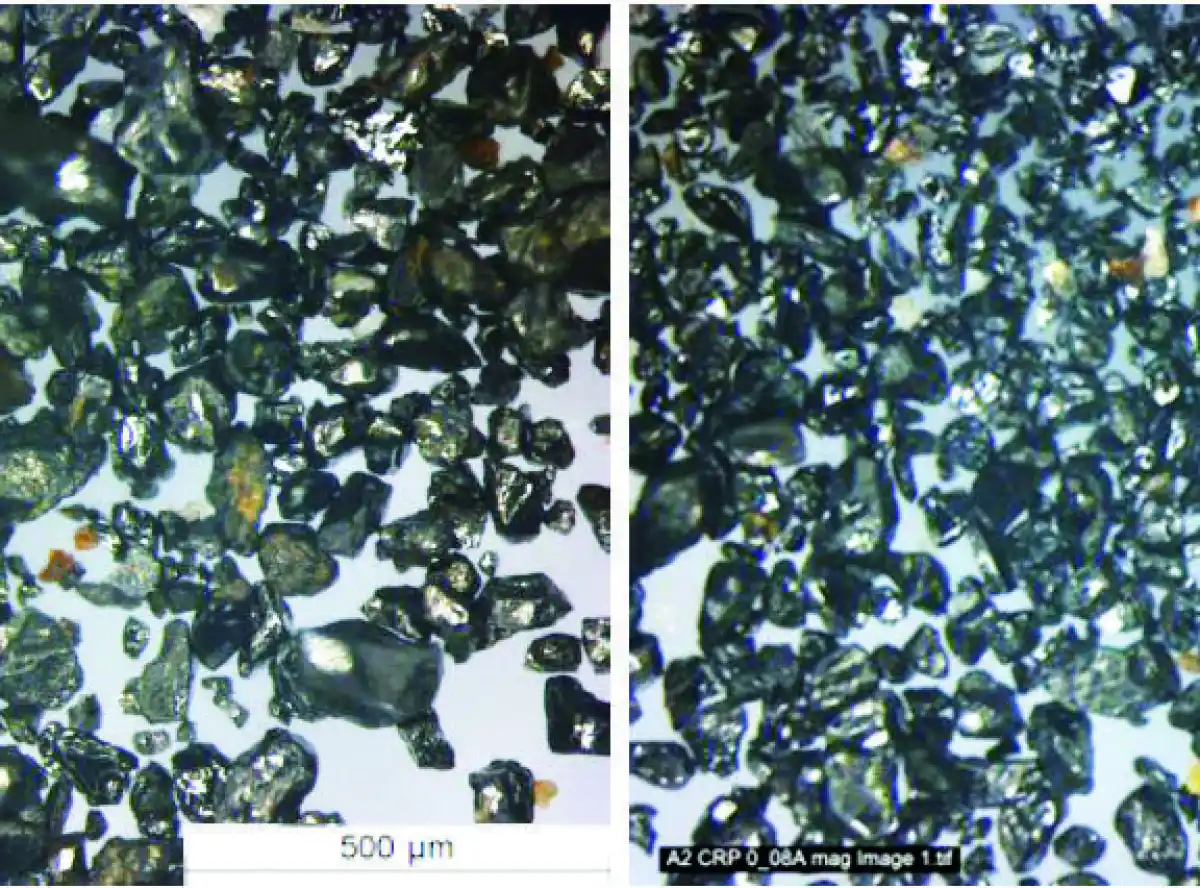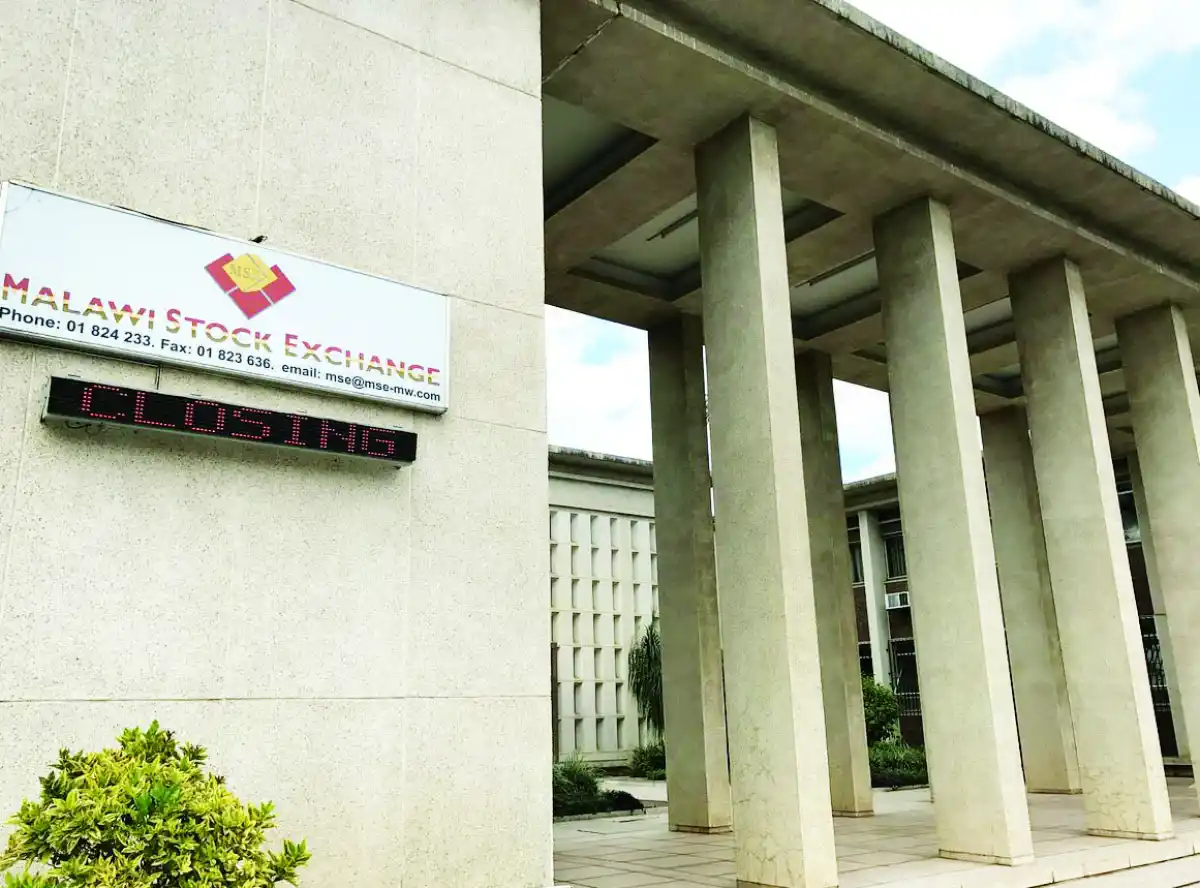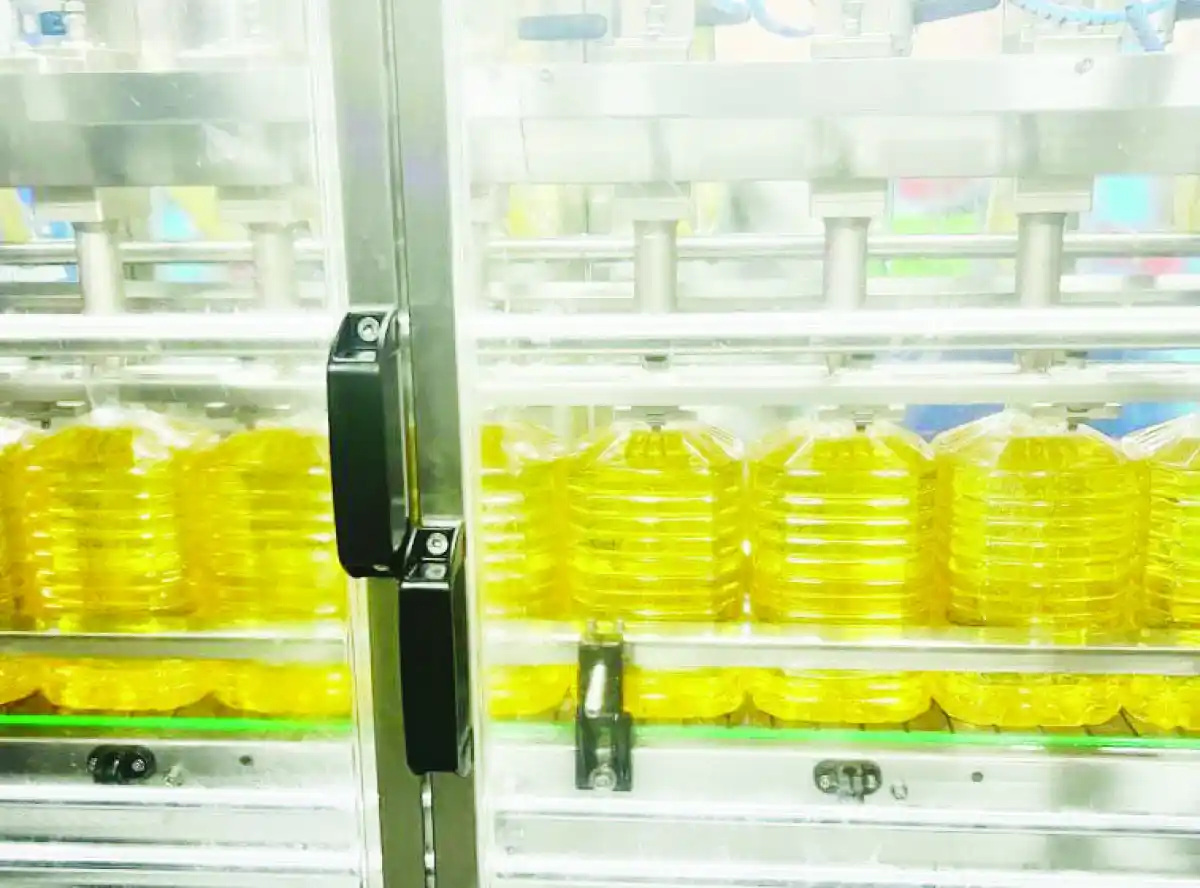
Australian Securities Exchange (ASX)-listed Chilwa Minerals has announced positive metallurgical results from its Mposa heavy mineral sands (HMS) deposit.
It confirms high-grade and valuable mineral content that could position the project as a significant player in the global mineral sands industry.
A statement issued by the ASX shows a comprehensive metallurgical sample comprising 4.2 tonnes of material was taken from 2,909 samples across the project site located on the western shores of Lake Chilwa.
The findings also indicated the presence of monazite, a rare earth-containing mineral, with grades between 2 to 3 percent, potentially adding economic benefits to the project.
“The test work continues to demonstrate the positive value that the Chilwa heavy mineral sands possess. The results revealed a favourable mineral assemblage across three lithology layers identified as sands, silty sands, and clays,” the statement reads.
Chilwa Minerals Managing Director Cadell Buss said the company’s current inferred mineral resource stands at 64 million tonnes at 3.9 percent total heavy minerals (THM) but could rise once results from Batches 6 and 7 from Mposa, currently being assessed, are received.
“While the historical resource indicates that the project has reasonable grades compared to similar projects, these metallurgical results have suggested not only a potentially larger tonnage and resource but also a very high percentage of valuable heavy minerals at approximately 90 percent in the sand lithological unit,” Buss said.
The ASX statement further says the company’s consultants, Light Deep Earth, have commenced work on a production flow sheet. Further processing stages, including flotation, will be investigated to assess the production of various mineral concentrates, including monazite.
In addition to the ongoing work at Mposa, initial samples from the Mpyupyu deposit are being processed and are expected to be ready by the end of April.








0 Comments